License agreements among developers and impact properties gain acceptance in real estate development - by Robert Jacobs
In defiance of the fabled Tower of Babel myth, construction in New York City continues to abound with megastructures reaching toward the heavens. Apart from the rare occasion where buildings are constructed on full city blocks, urban construction has a substantial impact on adjoining properties, both long and short term.
The building codes provide a labyrinthine body of provisions mandating developers to protect adjoining properties. However, there are no provisions requiring adjoining owners to consent to such protection. The current building code provides that, in the event access is denied, the duty of protection then devolves to the adjoining property owner. This type of provision sounds logical but, if the adjoining owner refuses to reinforce its own foundation and a developer excavates at or below the foundation level, the adjoining building could subside, if not collapse, posing a threat to the public safety and welfare as well as impeding the construction project itself.
The real property actions and proceedings law contains a provision whereby developers that require access to improve their property can apply for an order of access from the supreme court (RPAPL § 881). However, the supreme court is without power to order the adjoining property owner to consent to a permanent alteration of its premises.
As a result of the above, a consensual agreement between the parties is the best solution to facilitate development while addressing access issues and mitigating collateral damage to the adjoining impacted properties. Oddly, such agreements are relatively new fixtures in the development arena and are only now becoming accepted as the most logical way of making peace between property owners on both sides of the construction fence.
While the origin of such agreements is unclear, the writer, as a partner of the firm of Belkin Burden Wenig & Goldman, developed a form of access agreement several years ago for clients surrounding a development project in lower Manhattan. Now, the use of such forms has grown in acceptance to the point where such agreements play a major role in construction projects bordering pre-existing buildings throughout the city.
Significantly, developers initially were resistant to entering into such agreements because they perceived such agreements as overly protective of the property adjoining construction. However, when introduced properly to the benefits of the agreement, developers have come to understand that the advantages of having such agreements in place outweigh the obligations imposed by such agreements. In fact, developers are now reaching out to adjoining property owners at the inception of the development process in anticipation of entering into such agreements.
A properly drafted agreement will provide the developer with access to the adjoining property and the right, among other things, (i) to install roof protection, (ii) sidewalk sheds, (iii) underpinning and (iv) chimney relocation. In exchange, the developer will, among other things, (i) name the adjoining property owner as additional insured on an insurance policy, (ii) conduct a pre-construction survey establishing baseline conditions, (iii) install monitors to measure building movement, (iv) provide a right of plan review by the adjoining property owner’s engineer or architect and (v) pick up much of the adjoining owner’s professional fees for being a good neighbor. Such agreements also establish a protocol for dealing with collateral damage.Without a proper access/protection agreement, the project is governed by the buildings code and prevailing law. Dealing with collateral damage can create tension between the adjoining properties resulting in stop work orders and litigation, all of which delays the development and prolongs the suffering.
While such agreements cannot guarantee the prevention of damage to properties adjoining construction, they decrease its likelihood because more professionals are involved in reviewing plans. If damage does occur, they allow projects to continue while the damage is addressed within the confines of the procedures set forth in the agreement. As a result, the adjoining buildings are better protected while construction delay is minimized – a win-win situation for both property owners.
Robert Jacobs is a partner in the transactional and administrative departments at Belkin Burden Wenig & Goldman, LLP, New York, N.Y.
NYC mayor and DOB release comprehensive façade inspection and safety study conducted by Thornton Tomasetti




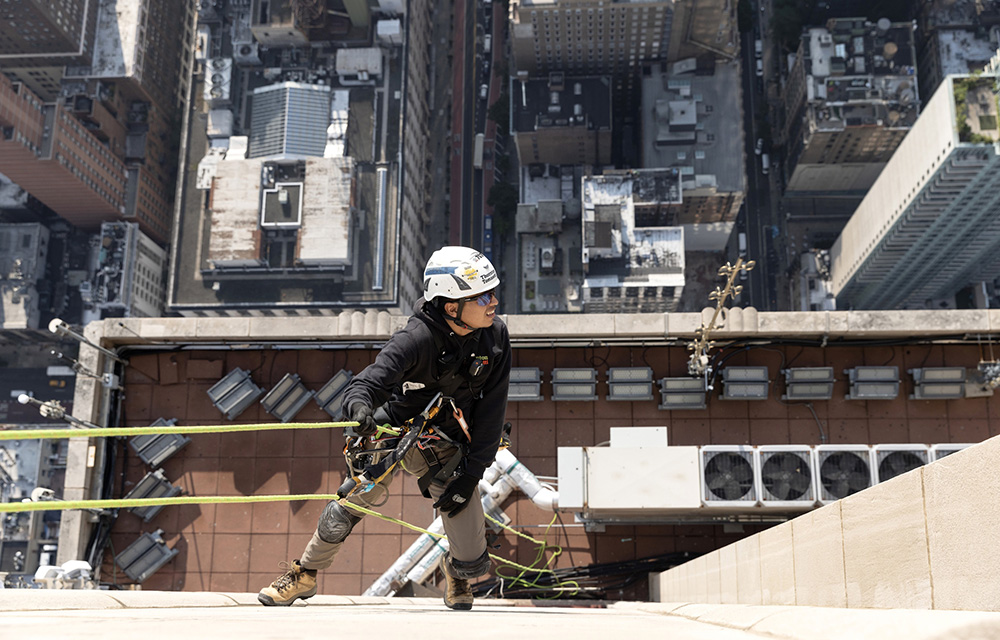
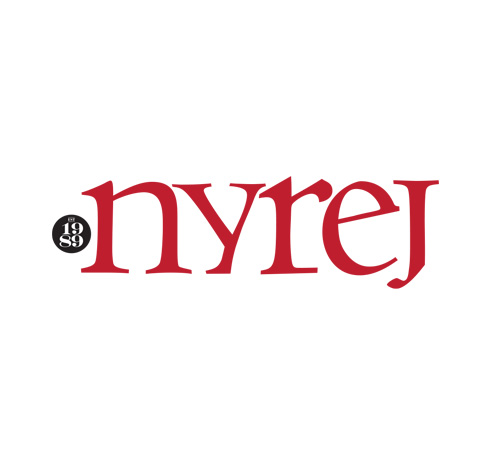
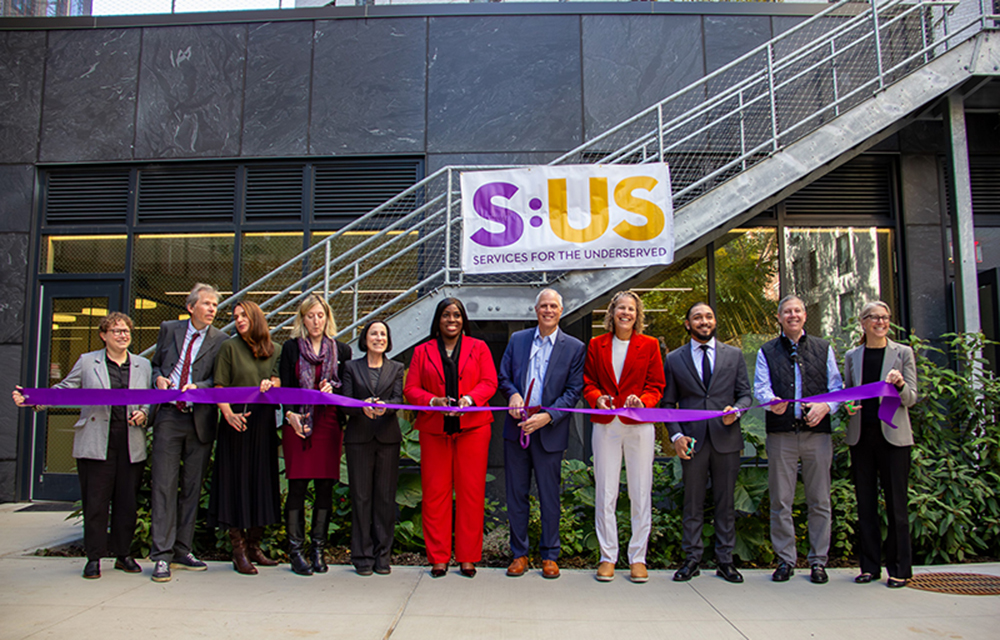
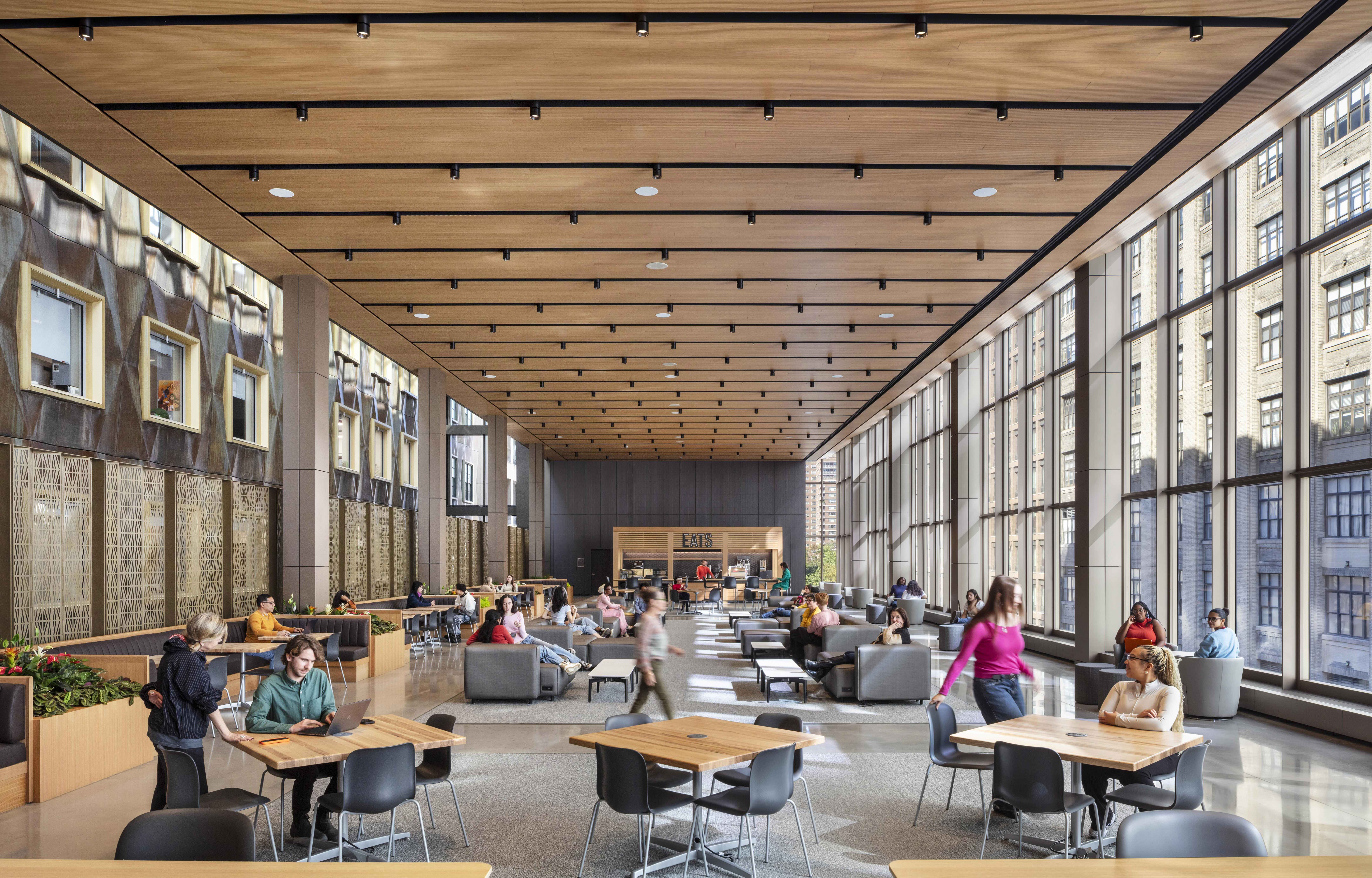
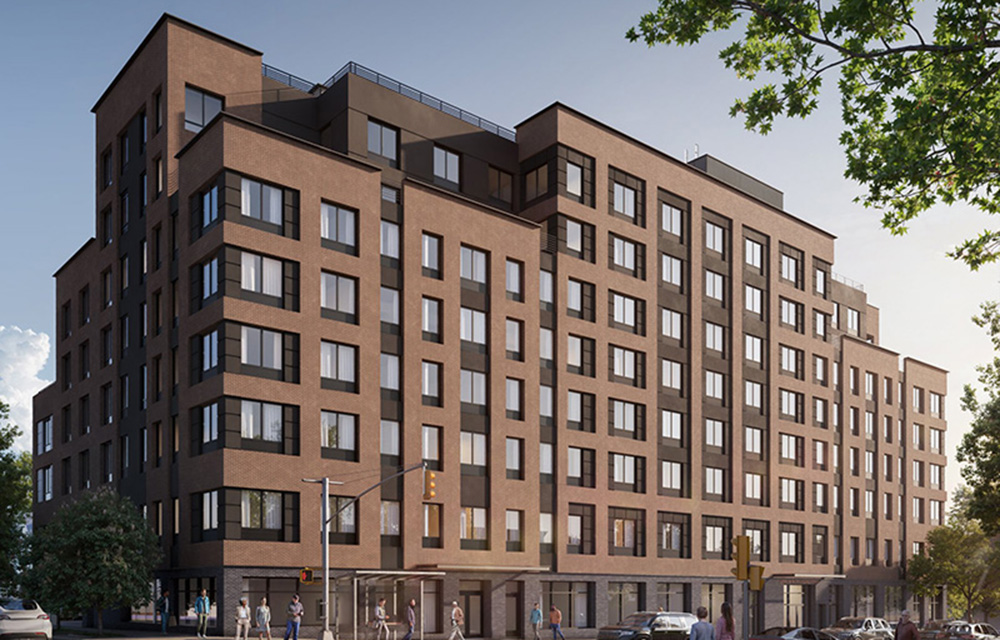
.gif)
.jpg)
.gif)
.gif)